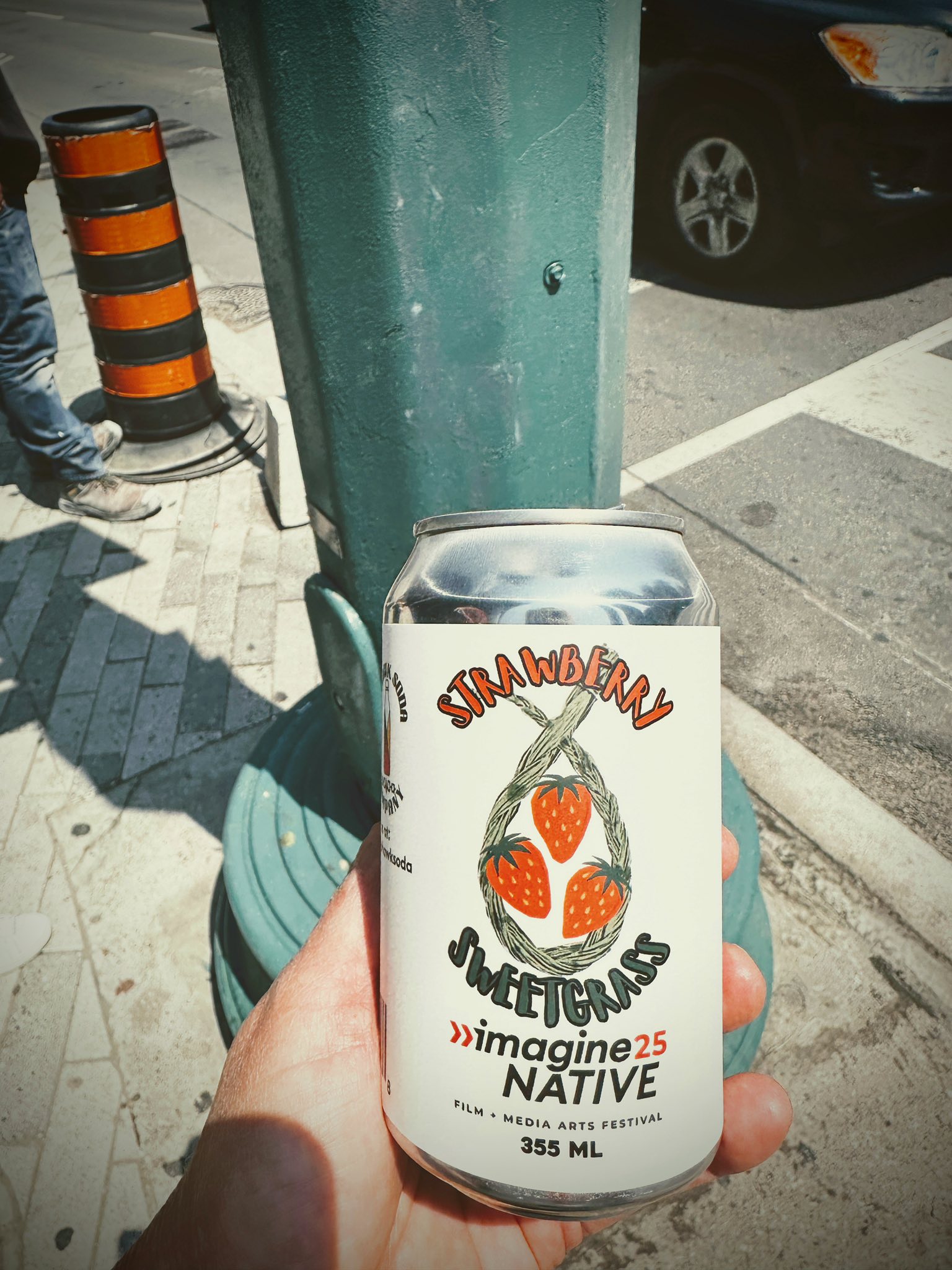It’s hard to put into words everything I experienced last week in Toronto at the ImagineNATIVE Film Festival — but I’ll try.
Let’s start with the beautiful things: I’ve never been to a film or TV industry event where sessions begin by cleansing the space and people’s energies with sage smoke, where ancestors and the four directions are called in, where the current moon phase (this time, the Strawberry Moon and its meaning) is acknowledged, or where ancient stories are shared so we can understand whose land we’re on.
Where every panelist or speaker is invited to begin in their own mother — or heart — language to be truly seen. (Fun fact: over 200 languages are spoken in Toronto, making it one of the most culturally diverse cities in the world!). Where film screenings don’t just come with content warnings — the screen reminds you there are professionals available to talk with afterward in case the film stirs up personal trauma.
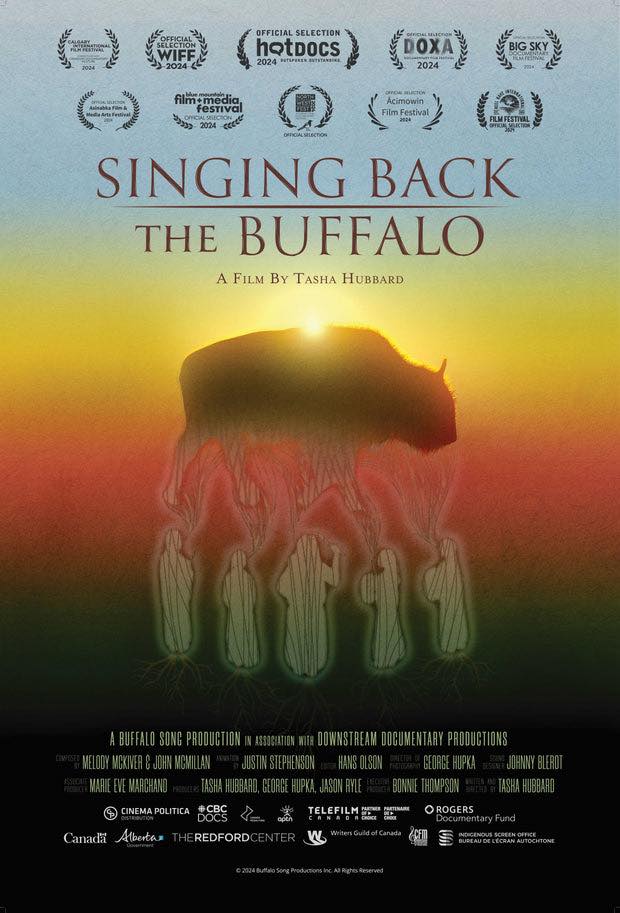
I’ve cried and laughed — mostly cried. All the pain inflicted on Indigenous peoples and the natural world, both past and present, hits you in the soul. The documentary Singing Back the Buffalo shattered my heart wide open, and afterward I couldn’t do much but sob. Directed by Cree filmmaker Tasha Hubbard, the film follows Indigenous leaders and communities who are determined to bring the buffalo back to their ancestral lands — both physically and spiritually. They are restoring what was lost when millions of buffalo, once roaming the prairies, were slaughtered to near extinction in just a few decades at the end of the 19th century. Only a few hundred survived. The cinematography is mind-blowingly beautiful, as is the music. Despite the devastating historical context, the story is tender, personal to the director, and infused with enough lightness and sweetness to keep the viewer from being crushed by it all.
And of course, the buffalo represent more than just one species: their return symbolizes the restoration of Indigenous voice, strength, and cultural legacy — of healing both people and land.
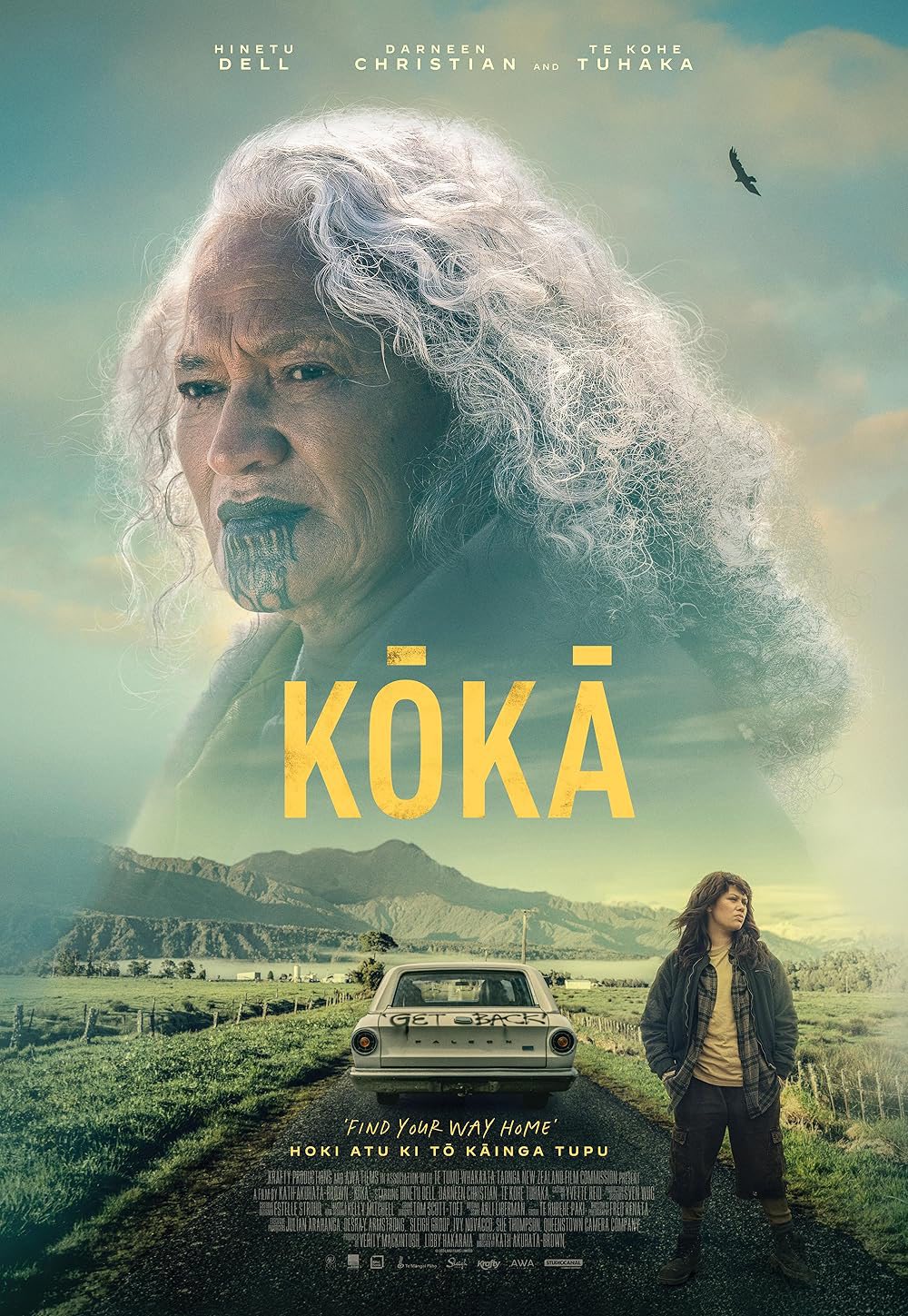
And oh, the film Kōkā – Matriarch from New Zealand! Directed and written by Ngāti Porou Māori filmmaker Kath Akuhata-Brown, it tells the story of an unexpected friendship between Hamo, an elderly Māori woman, and Jo, a broken young woman (both actors are absolutely brilliant, by the way!).
Their shared journey through past pain toward reconciliation reflects deep Māori values — community, resilience, and the power of women. The film also portrays how prejudice and rejection from others, as well as an unlikely road trip, can bond people and help them find strength in each other.
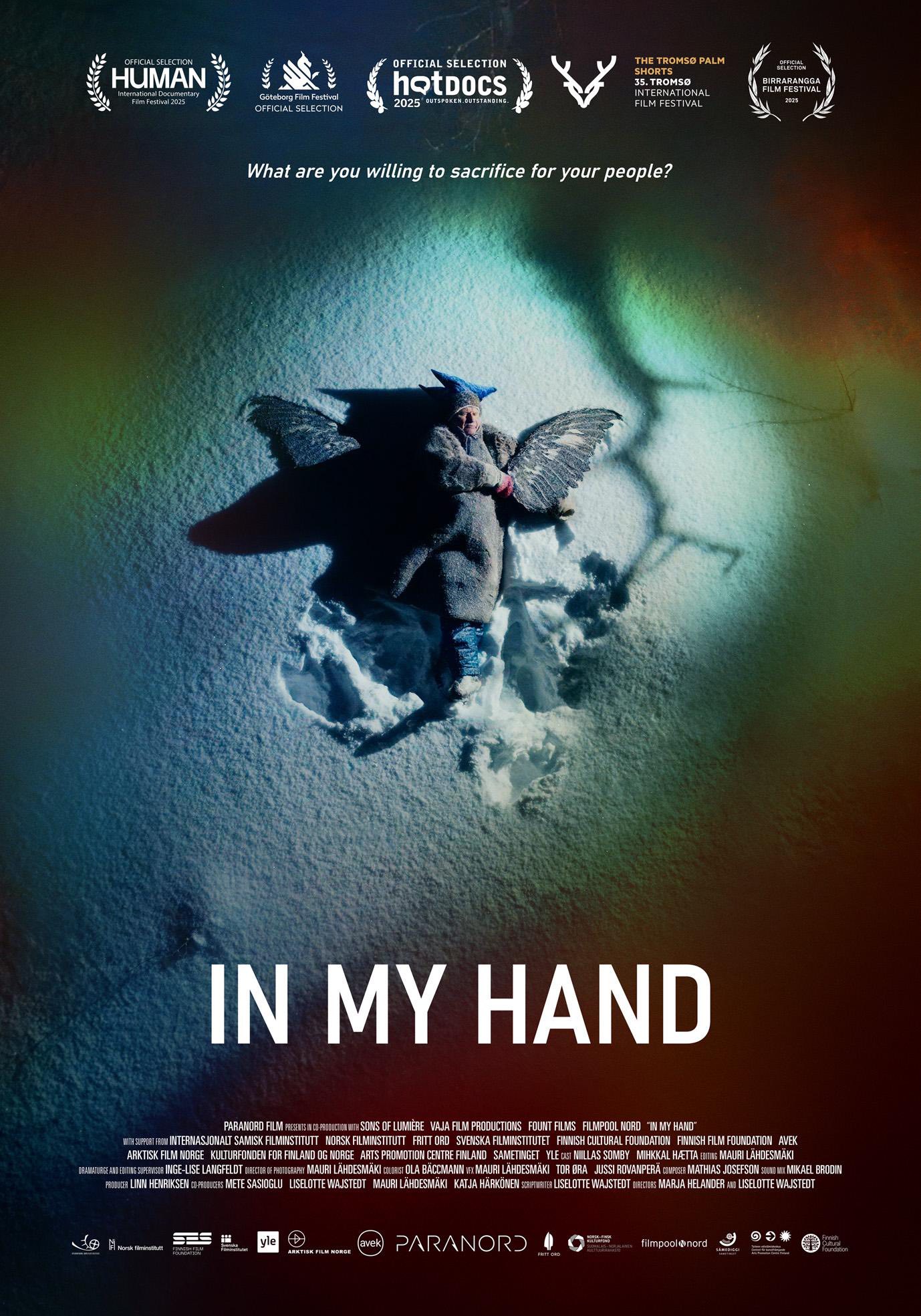
Sámi creators were also well represented: We saw In My Hand, a short film by Marja Helander and Liselotte Wajstedt, and For Our Rights by Johannes Vang — both highlighting the relentless struggle of Sámi youth against the state and corporate exploitation of their lands. On Sunday there was also a screening of Áhkuin, a short by Sunna Nousuniemi and Tuomas Kumpulainen, which I unfortunately didn’t manage to see.
Many of the films I saw — and those in development — tell a harsh truth about the state of Indigenous communities and nature worldwide: melting glaciers, vanishing lands, burning forests, nuclear devastation, genocides, the residential school system and its violent legacy. (Interesting side note: Indigenous horror films are referred to as “chillers” rather than “thrillers” — as in cultural thrillers.)
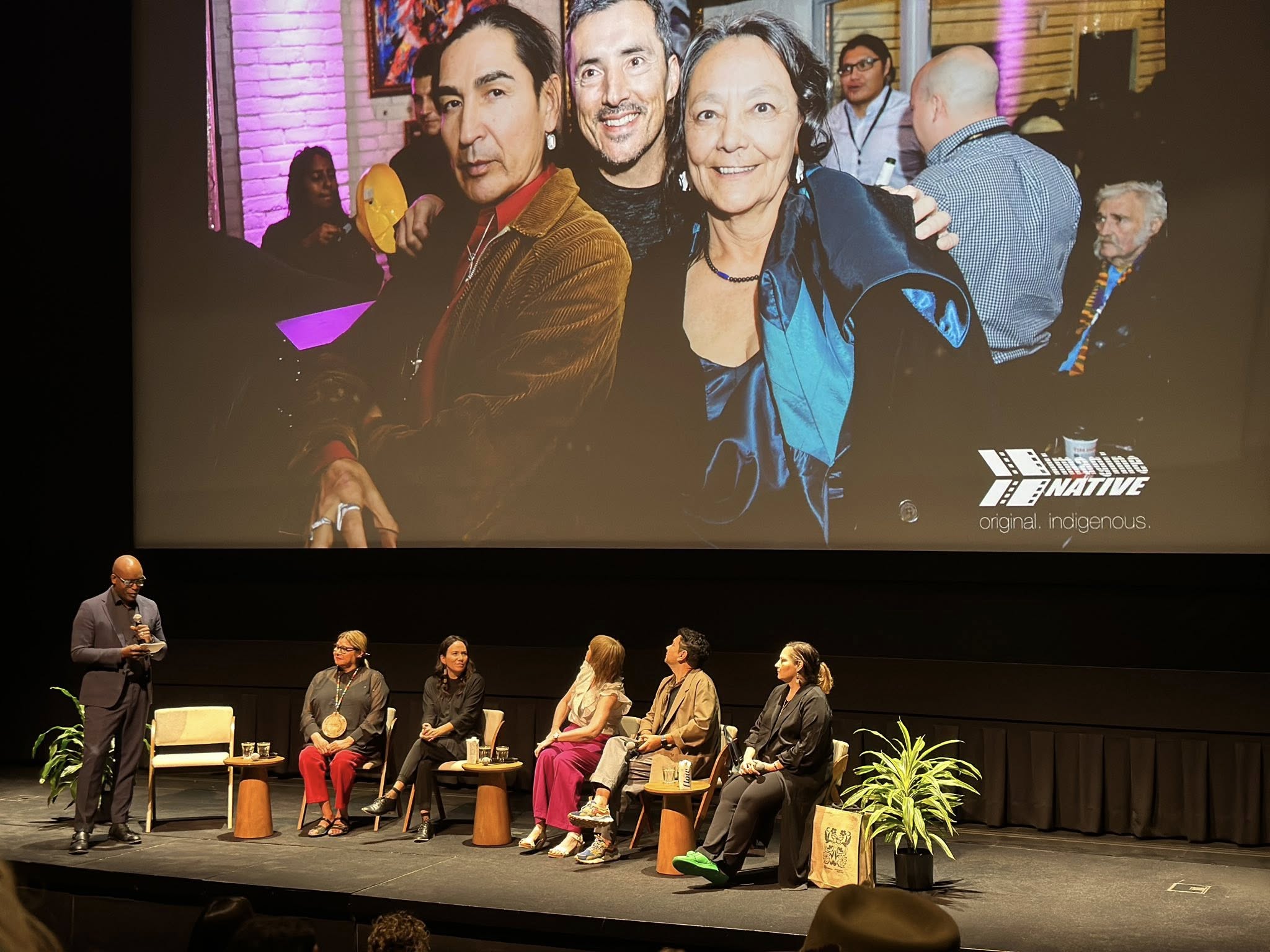
The collective trauma of colonization runs deep — and every filmmaker here is trying, in their own way, to offer healing. Another beautiful thread uniting many creators is their understanding of intergenerationality: they speak of what came before us, what is now, and what we will leave for future generations.
This year, ImagineNATIVE turns 25. I’ve been in the media industry for roughly the same amount of time — and it seems it took me just that long to find a professional community where I feel I can show up as my full self, without masks or armor.
And still, I feel otherness and a kind of shame as a non-Indigenous person — even though my own people, too, have suffered centuries of colonization and religious persecution.
Those wounds show in us as well: we have forgotten our roots, our beliefs, our connection to the ancestral ways of honoring nature and its spirits. We ourselves have become extensions of the colonial machine — the bullied turning into bullies: We trample the rights of the Sámi, the EU’s only officially recognized Indigenous people who inhabited our land before us. We sell our treasures to multinational mining corporations. We offer our stable soil as a final resting place for nuclear waste.
And yet — as a small, once-subjugated people — we have experienced a miracle:
We still have our own land, culture, and language. We still have relatively clean nature, where we can roam the forests freely, forage berries and mushrooms, swim in pure waters, and fish — all protected by the Finnish concept of everyman’s rights. These rights are almost nonexistent elsewhere in the world.
We are the happiest nation on Earth.
If anyone should truly understand the value of what we have, it is us. We should be grateful — and more than that, we should help other oppressed peoples reclaim their own rightful voice and power.
I came here to learn and to look for partners to co-create a North American version of Back to Nature — or as it would be called here, Back to Nature Turtle Island (Turtle Island is what many Indigenous peoples call this continent as a way of reclaiming ownership of their land).
But I received so much more than I came for.
I’ve often felt I was born in the wrong time, wrong place, and wrong tribe. But maybe I’m exactly where I’m supposed to be — it just took time to find the people who see the world the same way I do and who dare to tell those stories. As my sister Riksu said: “You were born into exactly the right human tribe, and at exactly the right time — when it’s finally possible to find your kindred spirits beyond the neighboring cave.” 😊
And one last thought — about this very Strawberry Moon. In June, nature bursts into bloom, the air carries the seductive scents of summer, and Mother Earth begins to offer her bounty. The first strawberries ripen, and that’s why many Native American peoples call this full moon the Strawberry Moon.
🍓🌕🍓
But the strawberry means more than just the taste of summer: its runners, sprawling along the surface of the earth, stay connected to the soil and weave themselves into one another like the threads of life.
Cut the berry in half, and you’ll find a heart-shaped center — a symbol of love, connection, and intergenerational life force.
Connection, kinship, the power of creating change together — all of this is carried by June, the month of the Strawberry Moon. When the world is on fire and our sense of safety begins to shake, we gather together and open our hearts — and that is when change becomes possible.
As I heard from the leaders of ImagineNATIVE — a motto I’m definitely adopting:
Lead with your heart, but keep fighting.
Will do.
🧡
Reetta
